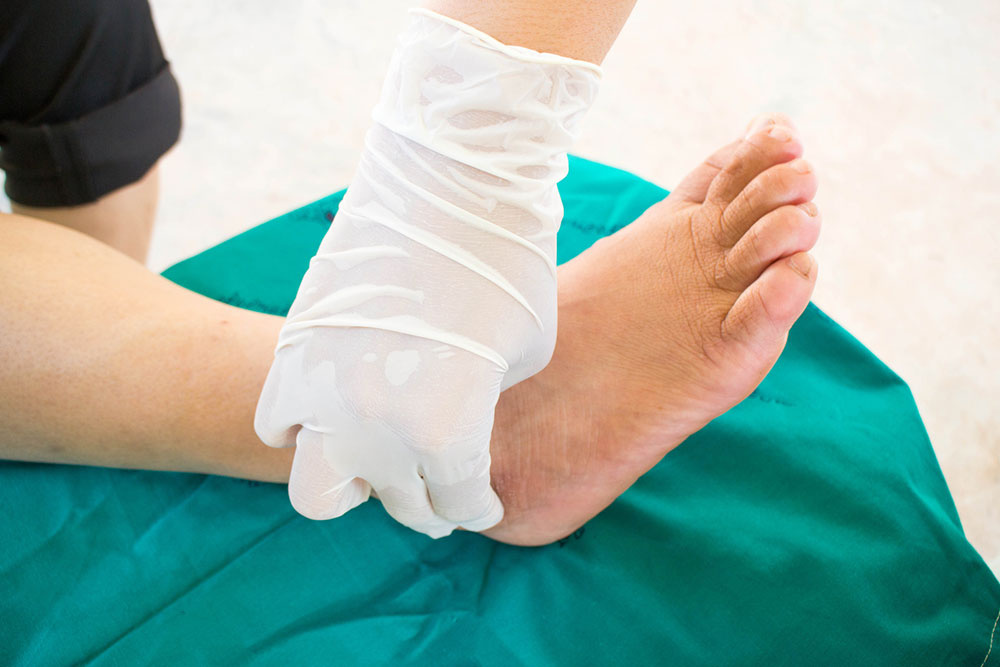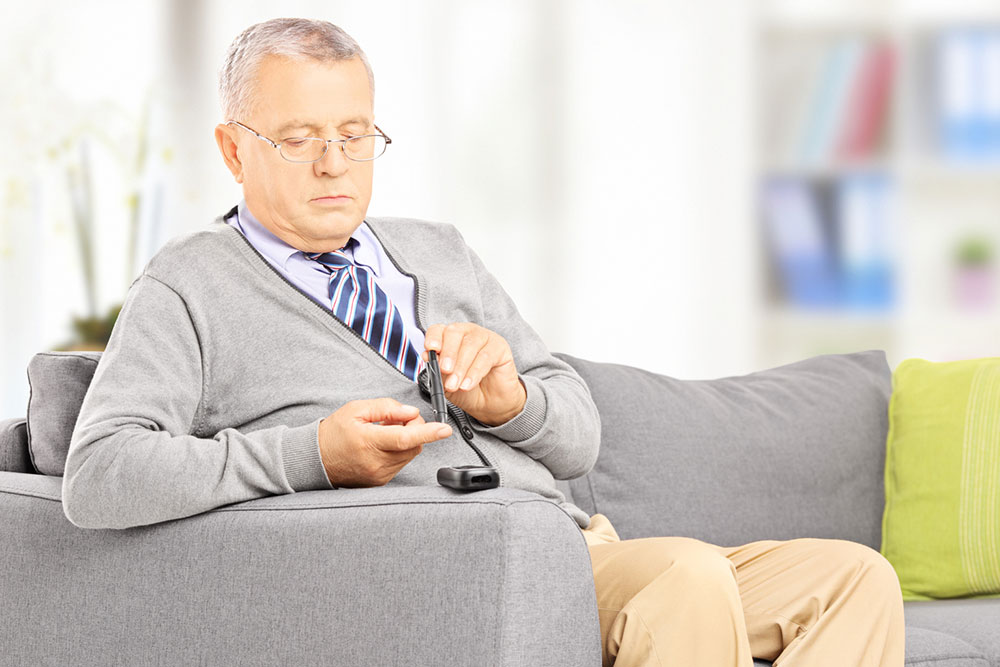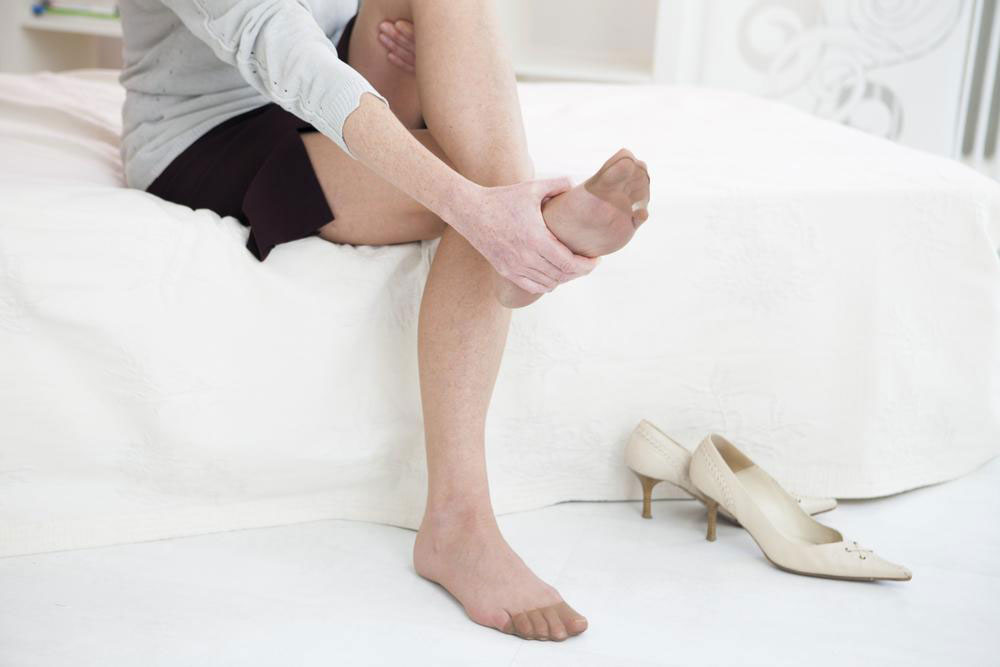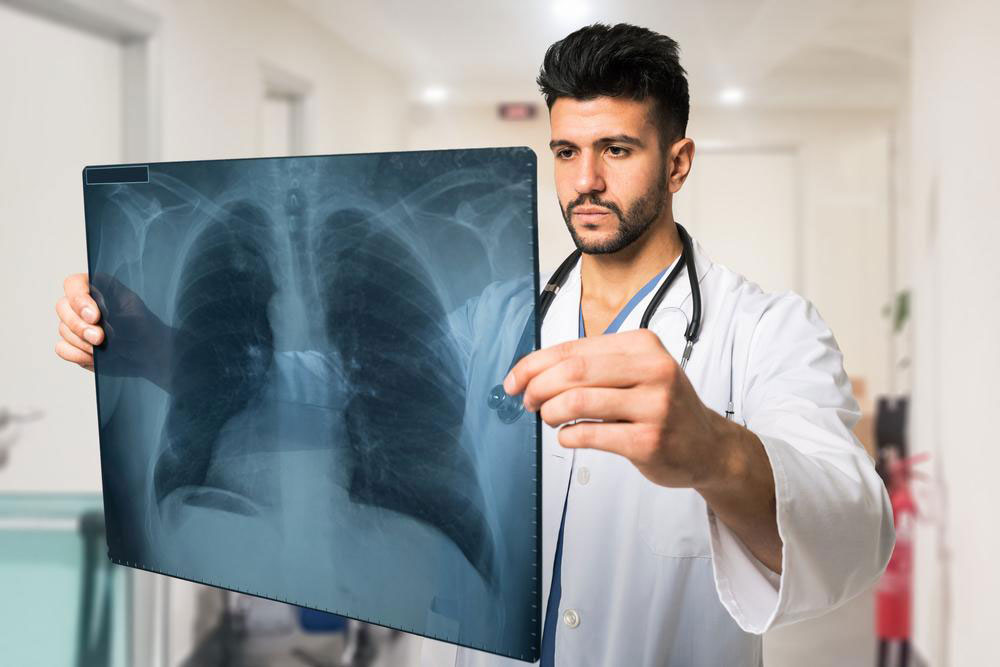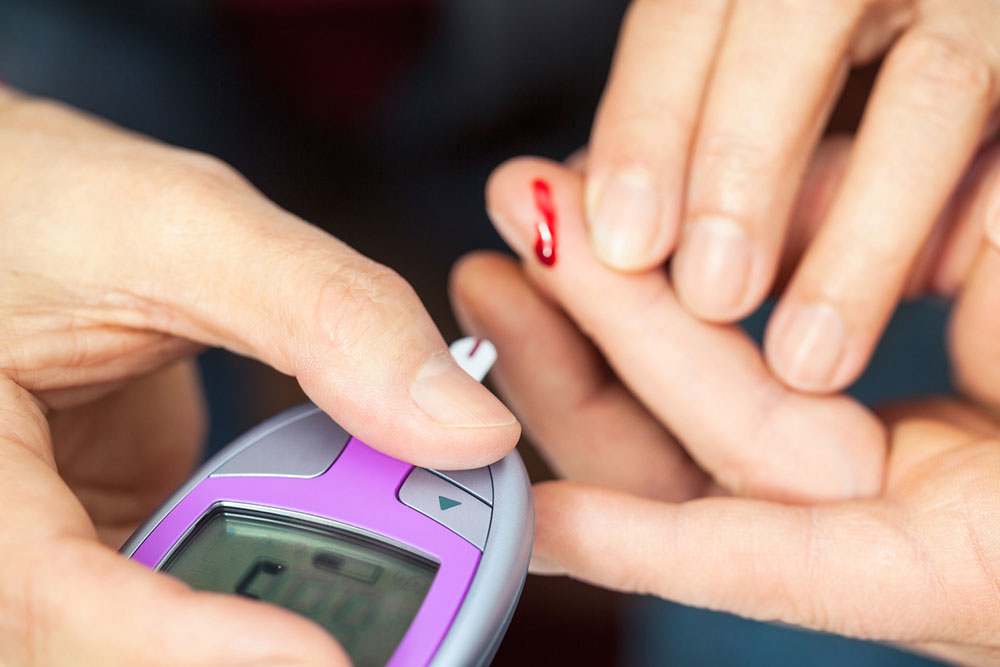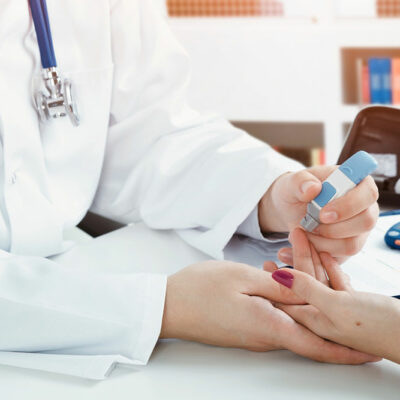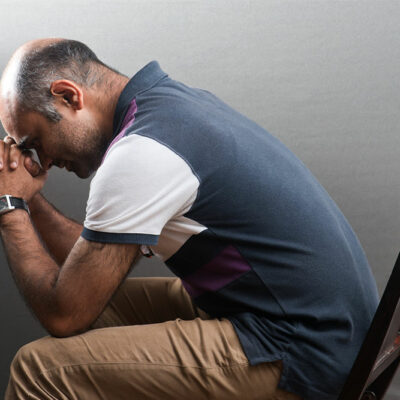
Signs & Symptoms
Facts and Signs of Ingrown Hair
Ingrown hair affects everyone, irrespective of the gender. The hair on our skin naturally grows outward and above from the skin. There are two principal layers of our skin – the epidermal layer and the dermal layer. Hair grows from the dermal layer of the skin, which also contains rough connective tissue, sweat glands, blood vessels, and so on. Skin hair that rises to a certain extent from the dermal layer of the skin but ultimately curls around and recesses into the same instead of growing outward is known as ingrown hair. Fun facts about ingrown hair Ingrown hair can be found in all age groups. This is a very common and harmless skin disorder that affects people irrespective of their age or gender. Individuals who have curly hair on their body are most likely to experience the problem of ingrown hair. The same can aggravate hair follicles and result in irritation. Ingrown hair is a common problem for people who have tight and thick curling hair and have recently shaved it. A person with ingrown hair is generally advised to not go for a very close shave for removal, as it might aggravate the situation. An effective way of ingrown hair removal is to opt for laser hair removal techniques.
